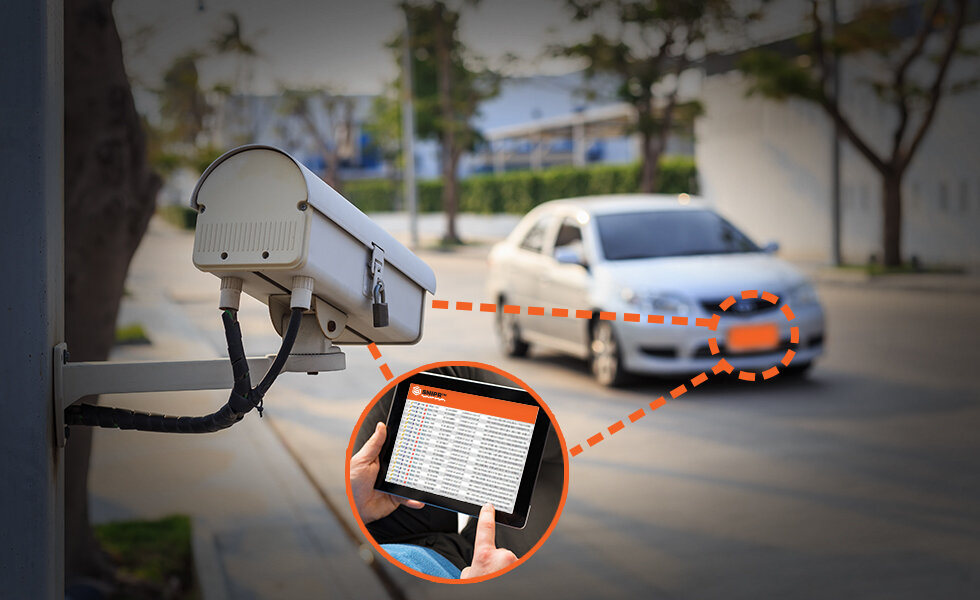- Media and Entertainment Skill Council to Expand Its Initiatives
- Sociapa Bags the Digital and Creative Mandate for Madhusudan Dairy
- Vancouver Interior Painting Now Offering Complete Interior Painting and Drywall Repair Services in Greater Vancouver
- VMS General Trading LLC-Announces Unbeatable Bulk A4 Paper Sale
- Karan Johar and Guneet Monga Kapoor’s \'Gyaarah Gyaarah\' trailer breaks time barriers on ZEE5
- JIS Fall Registration Now Open: Showcasing Fall’s Finest Trends and a Vibrant Buying Experience
- The Creative Leather Unveils Iconic Leather Trench Coat for the Modern Trendsetter
- Israel Mgdesyan, Head of the sales department of AVTODOM Electro, spoke about the features of operating LiXiang electric cars
- Samurai Movers Expands Exceptional Moving Services to Westminster and Wheat Ridge
- Meticulous Research® Publishes New Report on the Li-ion Battery Recycling Market
- Studio52 Listed Among the Top Animation Production Companies in the UAE
- The Animal Care Organization Inaugurates a Veterinary Hospital with Animal Birth Control Unit & Mobile Health Van at Faridabad
- Barcelona Premier Soccer Club Announces the Launch of Elite Soccer Academy in San Antonio
- Xedos Technologies Announces Launch of Xedos Digital, a Comprehensive Digital Marketing Division
- STEMart Announces Transportation and Distribution Simulation Services for Medical Device Manufacturers
 Mail to a Friend Mail to a Friend |
|
     |
Proptia.com Reveals Top 10 Innovative Home Security Strategies

Home security is no longer just about locks and alarms. Advances in technology mean that you can now manage the security and safety of your home from the comfort of your living room.
Below are the top 10 innovative home security strategies that are making waves this year.
1. Residential Gate Entry Systems
The trend towards residential gate entry systems is at the forefront of home security innovation. Residential gate access control systems act as a physical barrier while integrating smart technologies, such as keyless entry, remote operation, and video surveillance, to provide a comprehensive security solution. They offer controlled access to restrict unauthorized entry, ensure only invited guests and residents have access, and allow homeowners to monitor who is at the gate remotely.
2. Smart Locks and Keyless Entry Systems
Smart locks enable keyless entry through smartphones, biometrics, or unique codes. This technology eliminates the risk of lost keys and allows homeowners to grant time-limited access to visitors or service providers. It provides the benefit of remote management, allowing homeowners to lock or unlock doors from anywhere using a smartphone. They also feature access logs to track who enters and exits your home and when and can be integrated with other smart home devices.
3. Advanced Surveillance Systems
Modern surveillance systems now use technologies such as high-resolution cameras, night vision capabilities, and motion sensors. AI-powered cameras can now differentiate between humans, animals, and vehicles, reducing false alarms. They can be used alongside residential gate entry systems to monitor your home in real time from your smartphone or tablet.
4. Home Automation for Security
Home automation systems can create a single user-friendly platform, which includes controlling lights, locks, cameras, and alarms. This makes it easier to manage and monitor home security. They allow scene programming to set up scenarios for different times of the day or situations, offer voice control to use voice commands to control security features, and ensure interconnectivity so that devices communicate with each other.
5. Security Drones
Security drones represent a novel approach to home surveillance. These drones can patrol your property, provide aerial views, and even follow intruders while sending real-time footage to your device or the authorities. They extend surveillance to cover areas beyond the reach of traditional cameras, track and record the movement of suspicious individuals, and deploy rapidly in response to triggered alarms.
6. Virtual Security Guards
Virtual security guards are a cost-effective alternative to traditional security personnel. Using cameras and monitoring technology, they can survey your property and respond to incidents, alerting local authorities if necessary. They provide 24/7 monitoring without the need for physical guards, offer instant response to any security breaches, and are more affordable than traditional security services.
7. Enhanced Window Security
Windows are common entry points for intruders. Enhanced window security features like break-resistant glass, window sensors, and automated blinds add an extra layer of protection. They include glass break sensors to detect the sound of breaking glass and trigger an alarm, smart blinds to close automatically during specific times or when you're away, and reinforced glass to deter forced entry through windows.
8. Personal Security Apps
Personal security apps on smartphones can integrate with home security systems, offering real-time location sharing and instant alerts to family members or security services in case of an emergency. These apps feature an SOS button to send an instant alert with your location to emergency contacts, geofencing alerts to receive notifications when family members arrive or leave home, and health monitoring to monitor vital signs and detect falls.
9. Cybersecurity for Smart Homes
As homes become smarter, the risk of cyber threats increases. Implementing robust cybersecurity measures is essential to protect personal data and prevent the hacking of home security systems. This includes regular updates to keep all smart devices and security software up-to-date, secure networks using strong, encrypted Wi-Fi networks and changing passwords regularly, and two-factor authentication to add an extra layer of security to prevent unauthorized access.
10. Community-Based Security Initiatives
Community-based security initiatives involve collaborating with neighbors to create a safer environment. These efforts involve shared surveillance to pool resources for neighborhood-wide camera systems, neighborhood watch programs to organize local security patrols and alert systems to implement community-wide alert systems for immediate notification of local security issues.
Conclusion
The current landscape of home security is characterized by a blend of physical, technological, and community-focused strategies. From residential gate access control systems to cybersecurity for smart homes, these innovative solutions offer comprehensive protection for modern households.
Company :-Proptia
User :- Jack Dawson
Email :-proptia@fextemp.com
Url :- https://www.proptia.com/







_thumb.jpg)




